by Penny Pawl, U.C. Master Gardener of Napa County
I recently discovered bunchberry (Cornus canadensis) and could not resist.I admit I am a plant collector but that is another story. The bunchberry is a ground-hugging member of the dogwood family.The leaves resemble the leaves on bigger dogwoods but are much smaller. It only grows about eight inches high but has the same showy white blossoms
When I looked for information on this little guy, I discovered that the dogwood family is quite large. Dogwoods are found within the temperate zones of the Northern Hemisphere. Some are native to the West Coast. The bunchberry also is found in Greenland.
The bunchberry thrives in moist, shady areas, so if you decide to plant one, know that it has specific needs. Plant it in an area that stays cool and shady. Instead of a tap root it has many fibrous roots that grow from a rhizome or mass of roots, which can send up new plants.
The bushberry's small blooms produce edible berries in the fall. I transplanted mine to a larger pot and it has since almost filled the pot. Some of the outside branches are now creeping across nearby soil.
Dogwoods like to grow under the shade of other trees. I recall driving through Virginia in April years ago and seeing the beautiful blooms floating in the shade of the overhead trees. The Western dogwood is native to the redwood forests near Mendocino. Most give a beautiful display in May.
The ones most popular in Napa County gardens are the Eastern dogwood (Cornus florida), Western dogwood (Cornus nuttallii) and red twig dogwood (Cornus alba ‘Elegantissima'). I especially love a small bush variety that was given to me many years ago by a nurseryman. I have taken many cuttings off the plant, but I have not been able to identify it. It grows about three feet tall and every spring puts out many blooms that look like a spray of stars.
Another dogwood growing in my garden is Cornelian cherry (Cornus mas), also known as European cornel or Cornelian cherry dogwood. I kept expecting the big white flowers on this tree but what finally appeared were small yellow flowers. None of these flowers have ever turned into fruit although I have read that it does produce small red berries. This tree grows vigorously and takes well to an annual severe pruning which I often do during the summer months.
Dogwoods do not do well in either flooding areas or dry soils. They like fertile soil and will slowly die if not given the right conditions. Root rot from excess soil moisture is one of the most frequent causes of death. If soil does not drain properly, the roots rot and little can be done to correct this situation.
Diseases that bother dogwoods include anthracnose and crown canker disease. Both are fungal diseases. Avoid damaging the tree trunk as that is often how diseases enter the tree. Some borers also attack dogwoods. However, in all the years I have had dogwoods in my garden, the worst threat I have encountered is some scale on the newer growth. I scrape those off with my fingernail rather than try to remove with chemicals.
In warmer climates, the bark can sunburn, which may cause the tree to decline and die. This bark damage may also invite borers, which can kill the tree. If you find borers in branches or limbs, cut them off below the infestation and dispose of the wood. If the borers are in the main trunk, the tree may be a total loss. Some dogwood hybrids are resistant to some of these diseases and pests, but they can only be reproduced by grafting and cuttings, not by seed.
In the fall, dogwoods produce a blaze of red leaves ranging from pink to burgundy-orange to blood-red.
UC IPM Pest Note on Anthracnose updated May 2020:
http://ipm.ucanr.edu/PMG/PESTNOTES/pn7420.html
Crown canker of dogwood:
http://plantclinic.cornell.edu/factsheets/dogwoodcrowncanker.pdf
The UC Master Gardeners of Napa County are volunteers who provide University of California research-based information on home gardening. To find out more about home gardening or upcoming programs, visit the Master Gardener website (napamg.ucanr.edu). Our office is temporarily closed but we are answering questions remotely and by email. Send your gardening questions to mastergardeners@countyofnapa.org or leave a phone message at 707-253-4143 and a Master Gardener will respond shortly.
Attached Images:
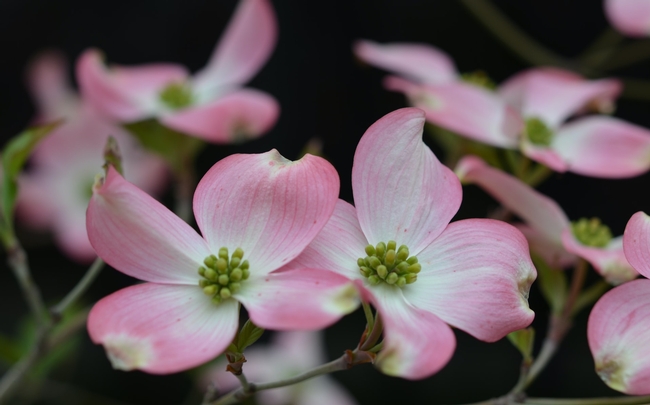
Pink dogwood blossoms (laura-ockel-unsplash)
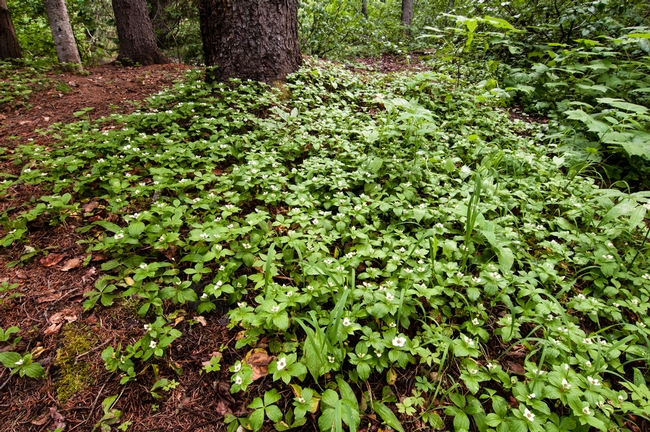
Bunchberry (L&H Seeds, Pacific Northwest Native Seed)
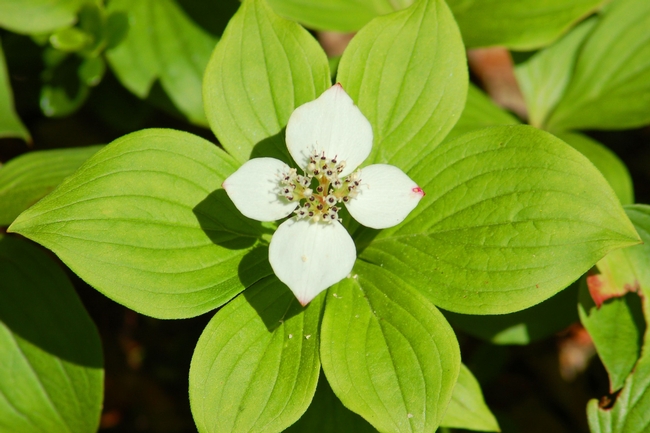
Bunchberry blossom closeup (The Spruce)
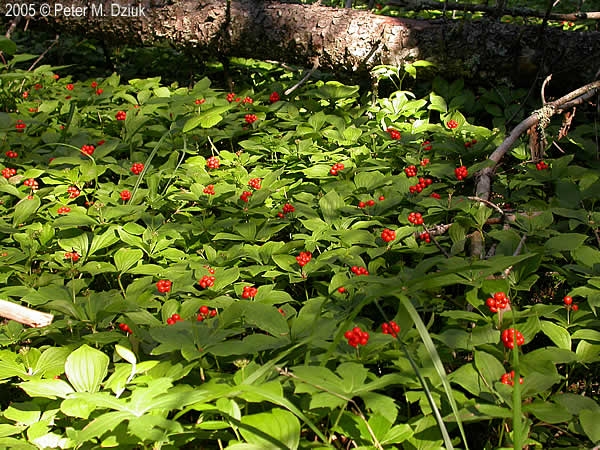
Bunchberry berries (Reddit)
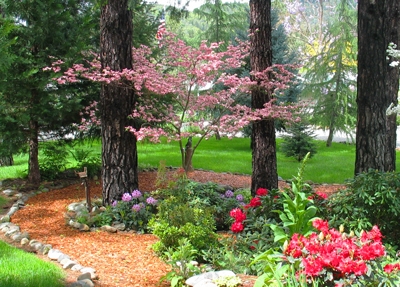
Pink dogwood(Trinity Nursery)
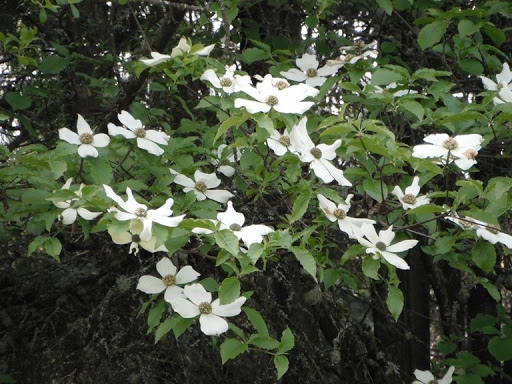
Western dogwood (Native Plants PNW)
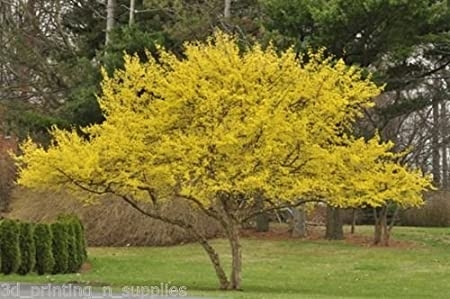
Blossoming Cornelian cherry (3rd printing n supplies)
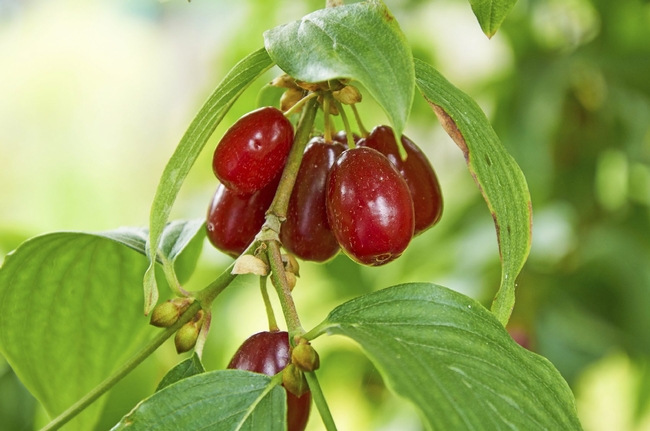
Cornelian cherries (Gardening Know How)
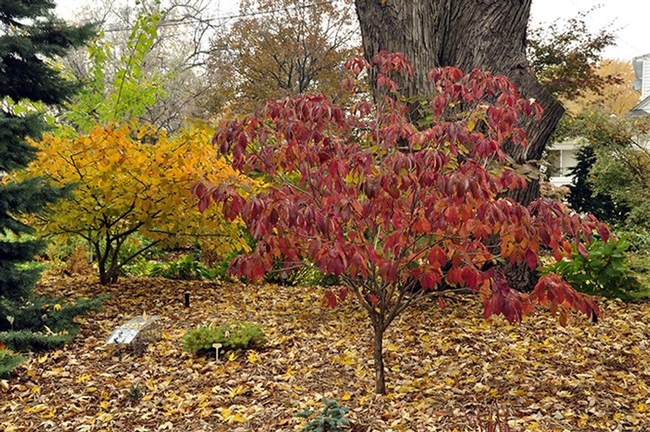
Great autumn color, dogwood (Garden A to Z)
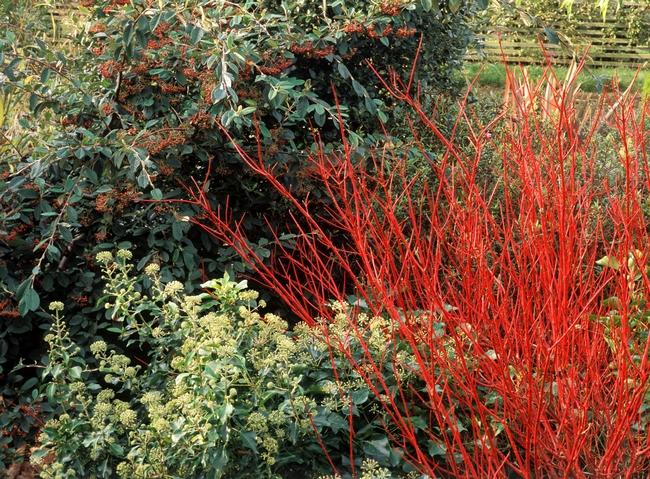
Red twig dogwood shrub (The Spruce)